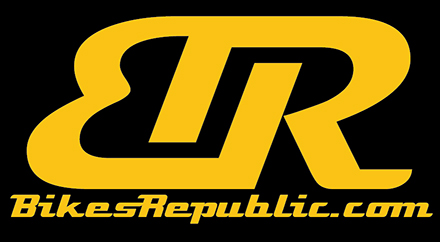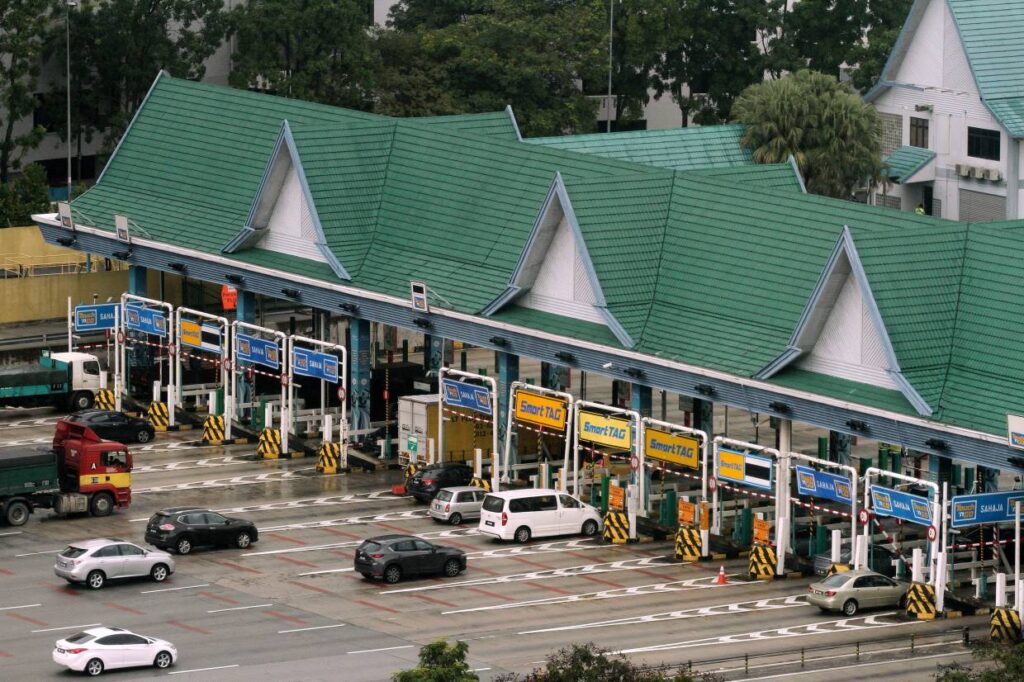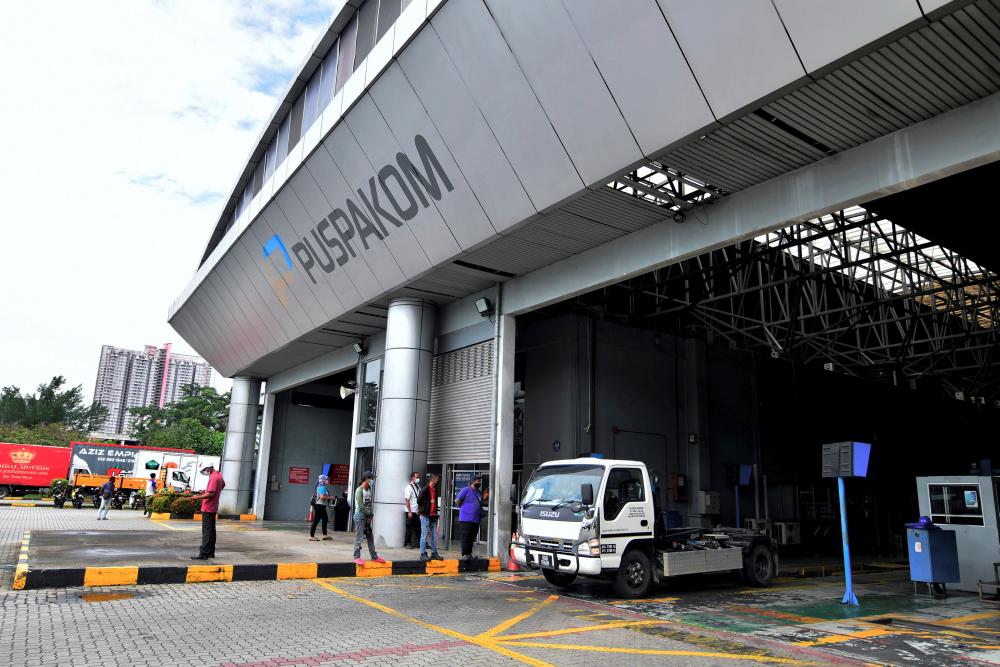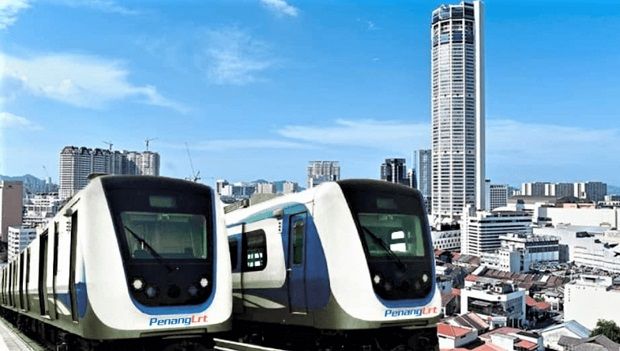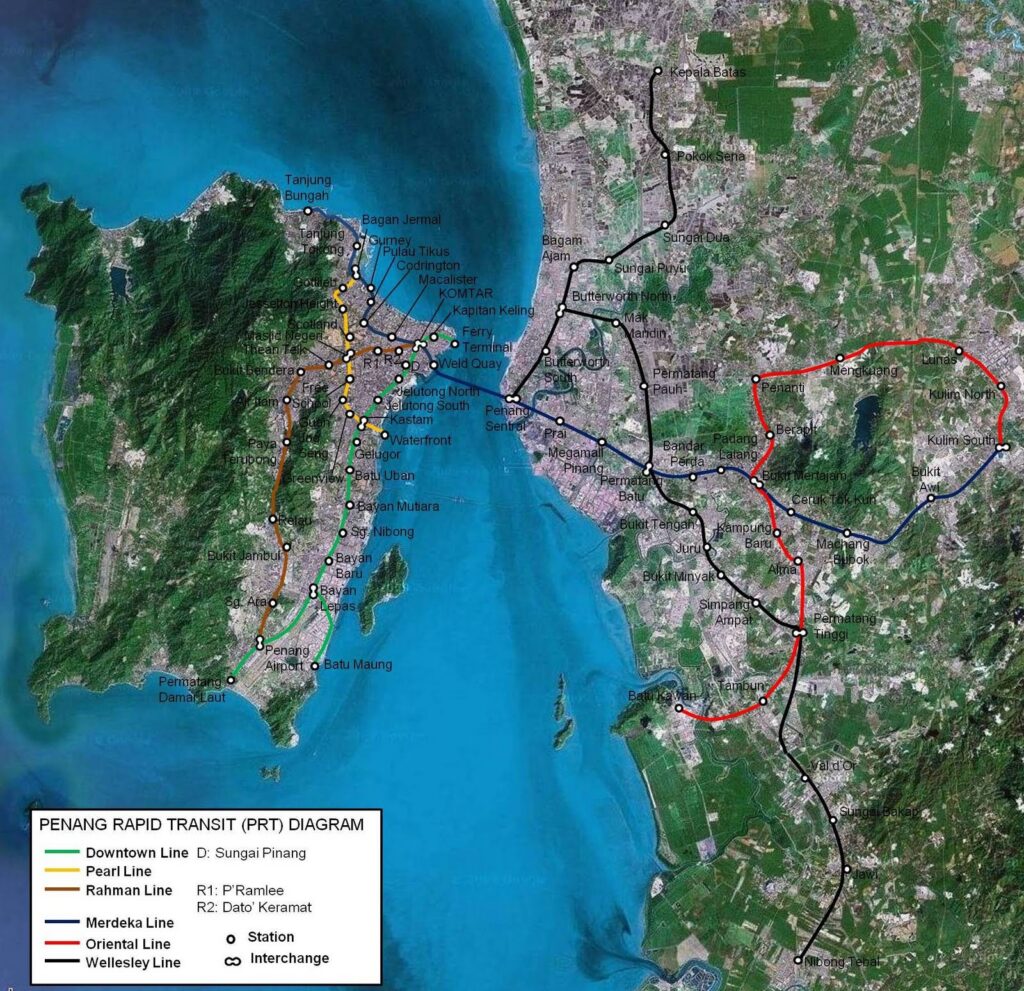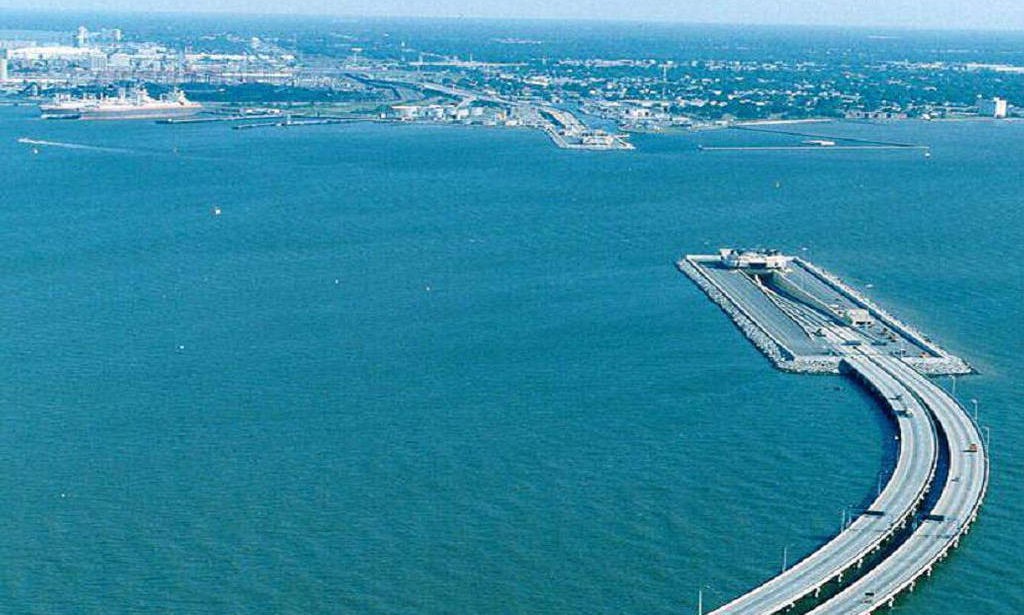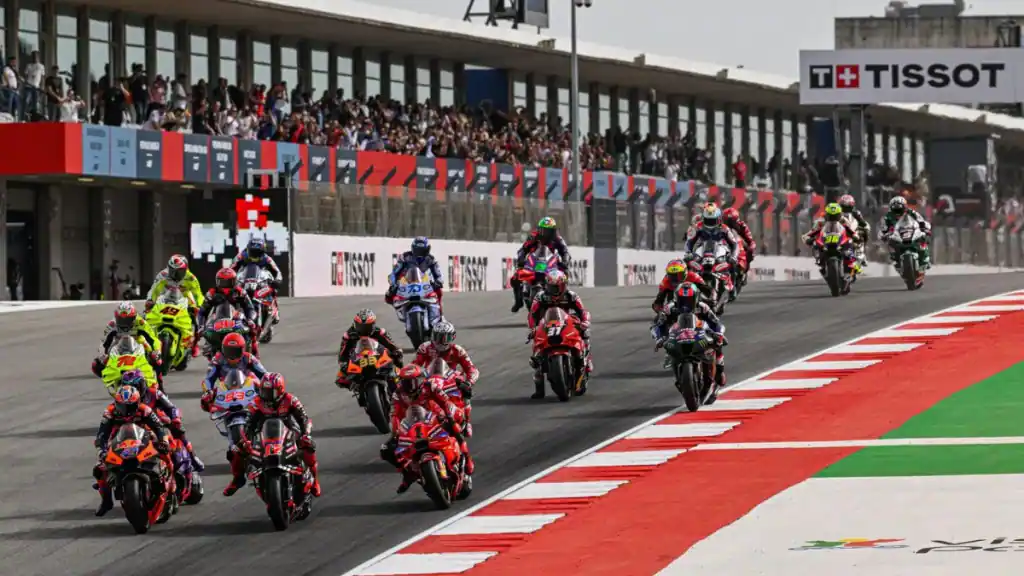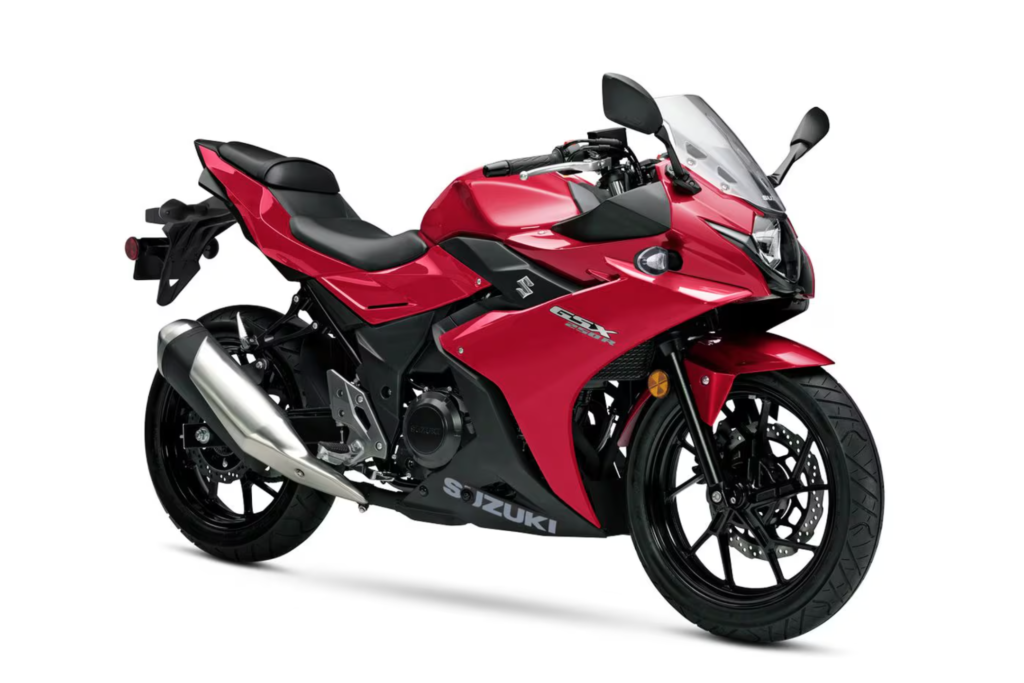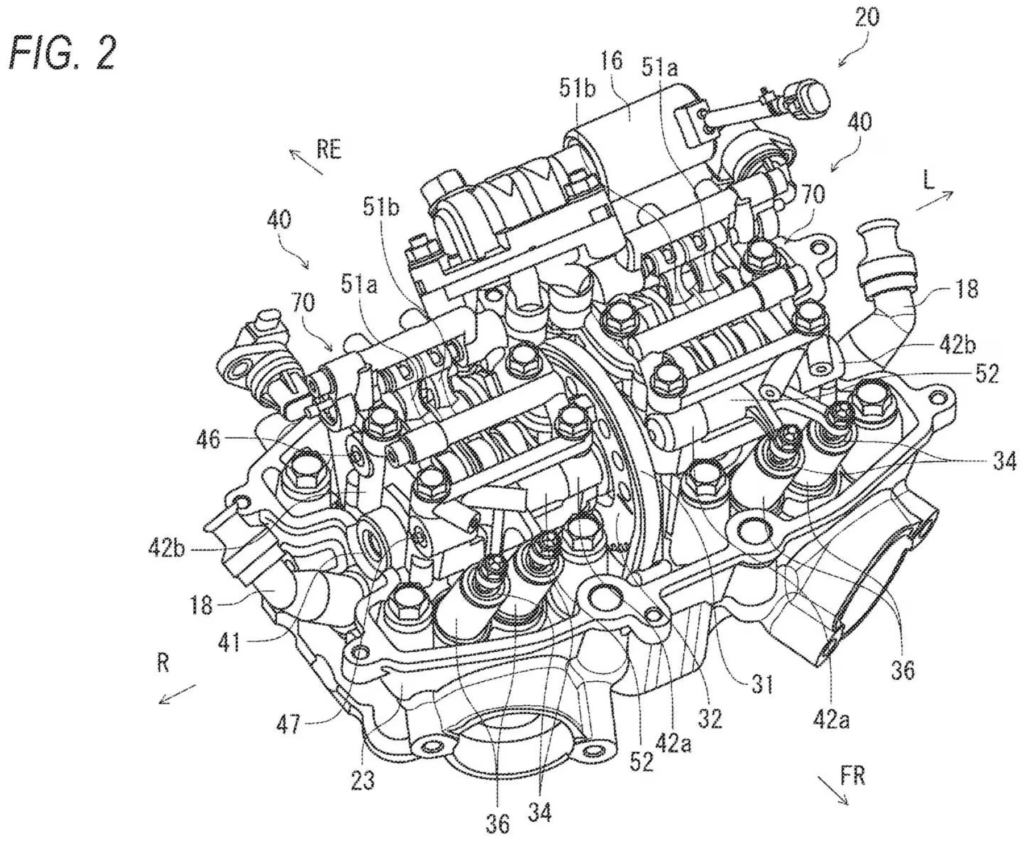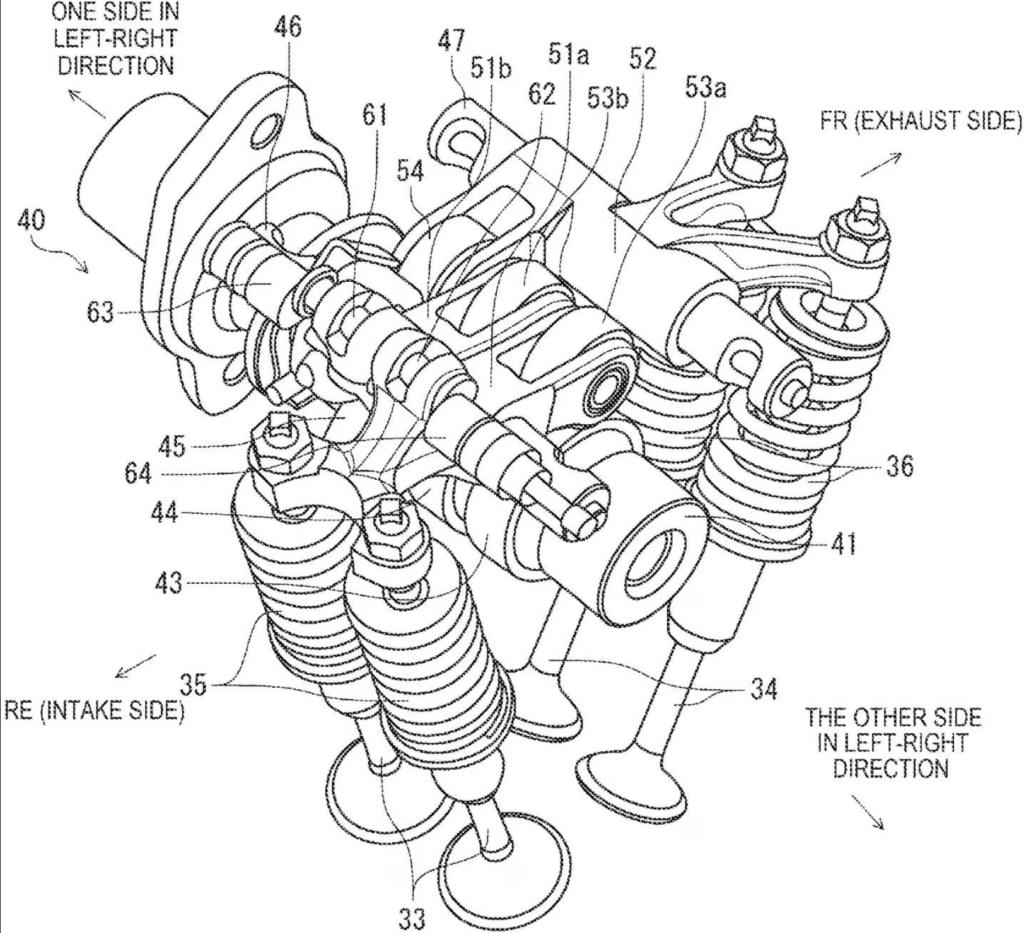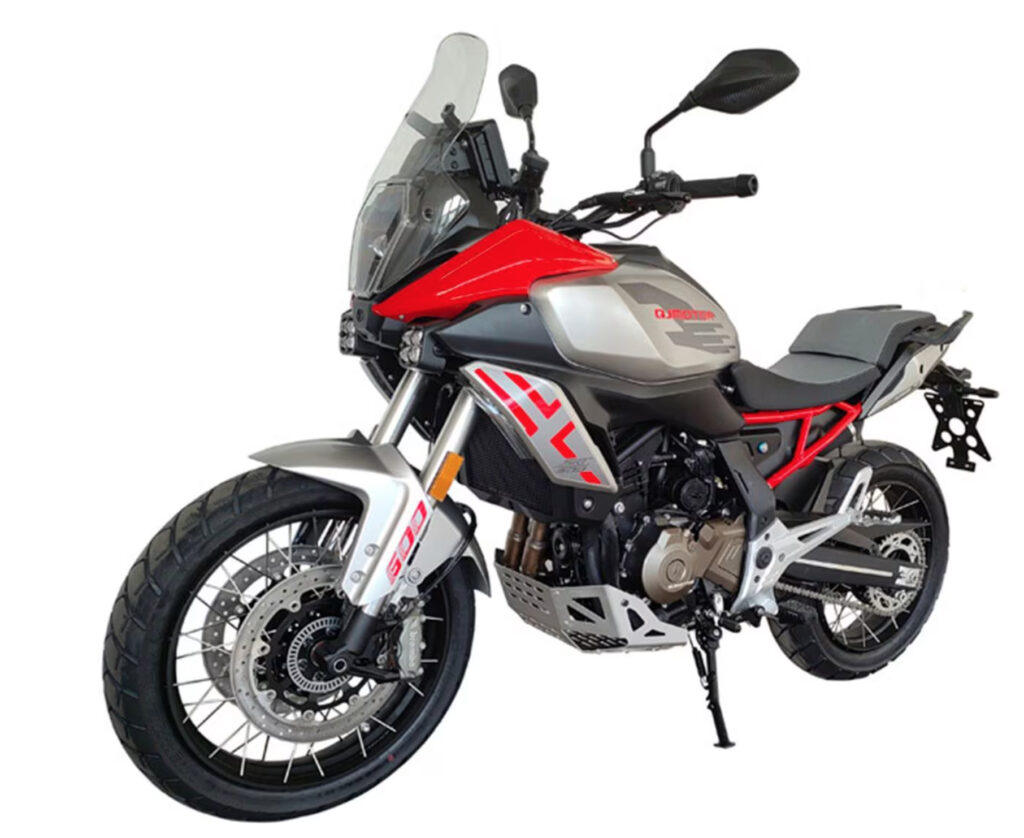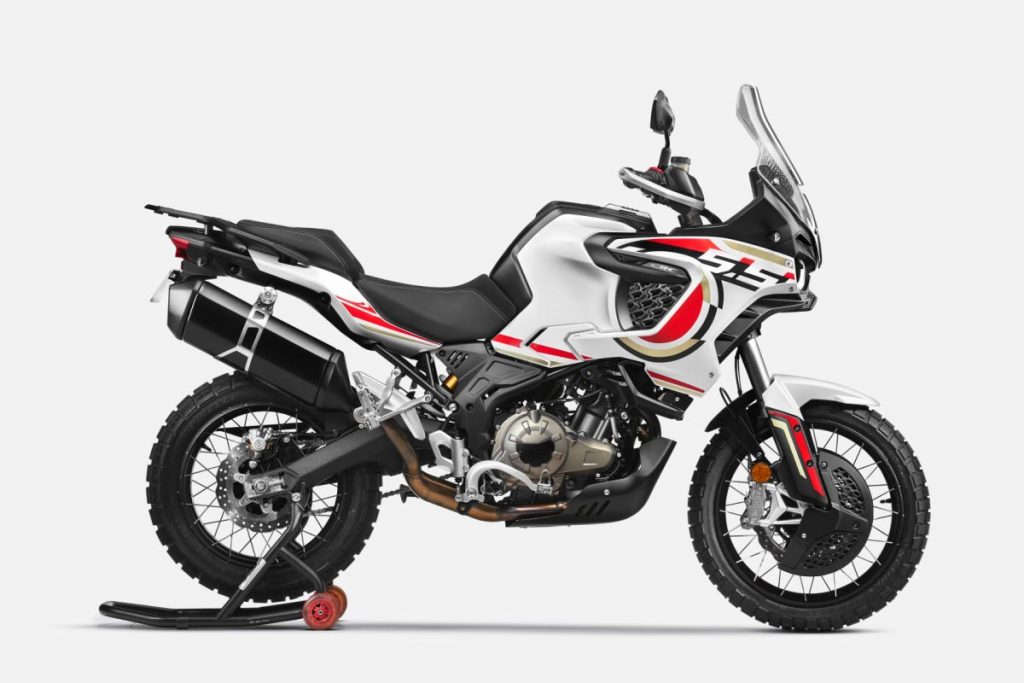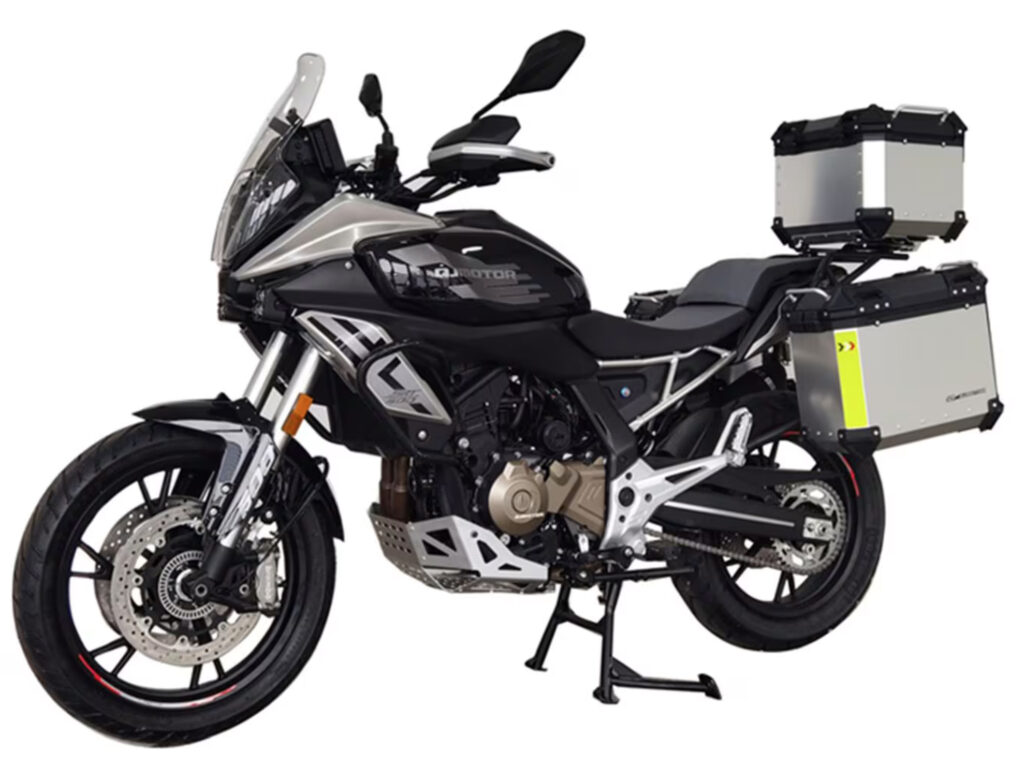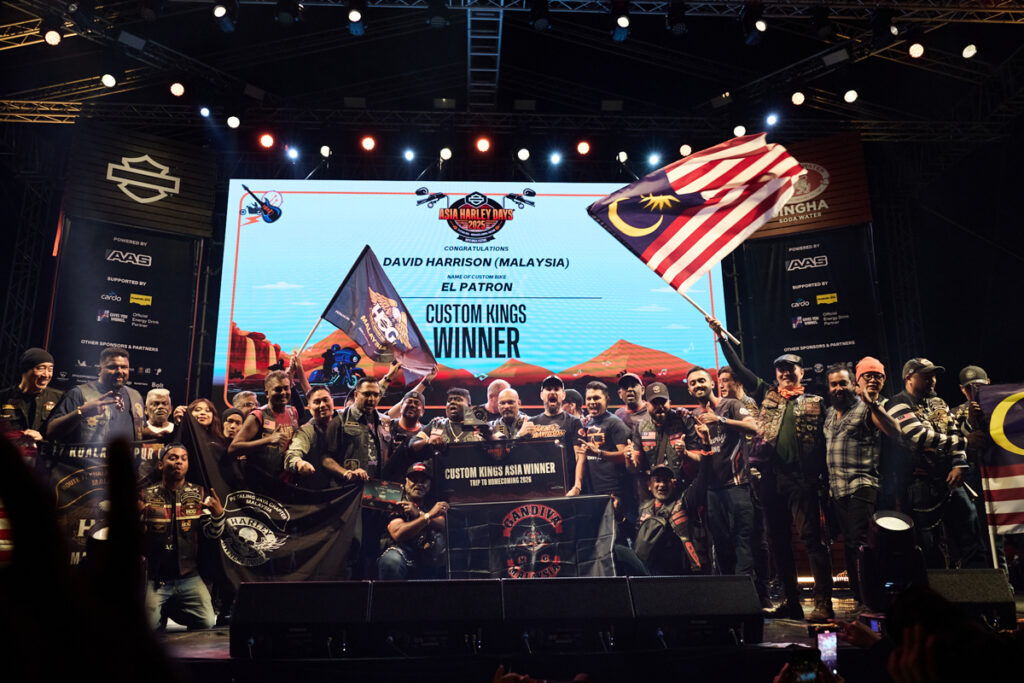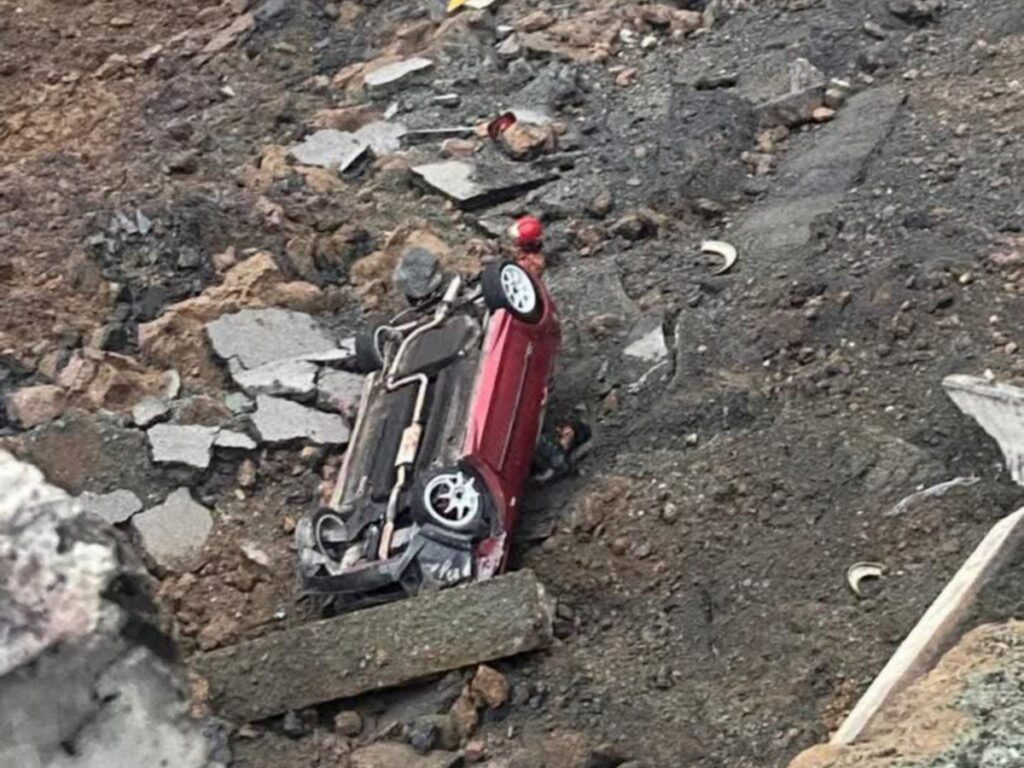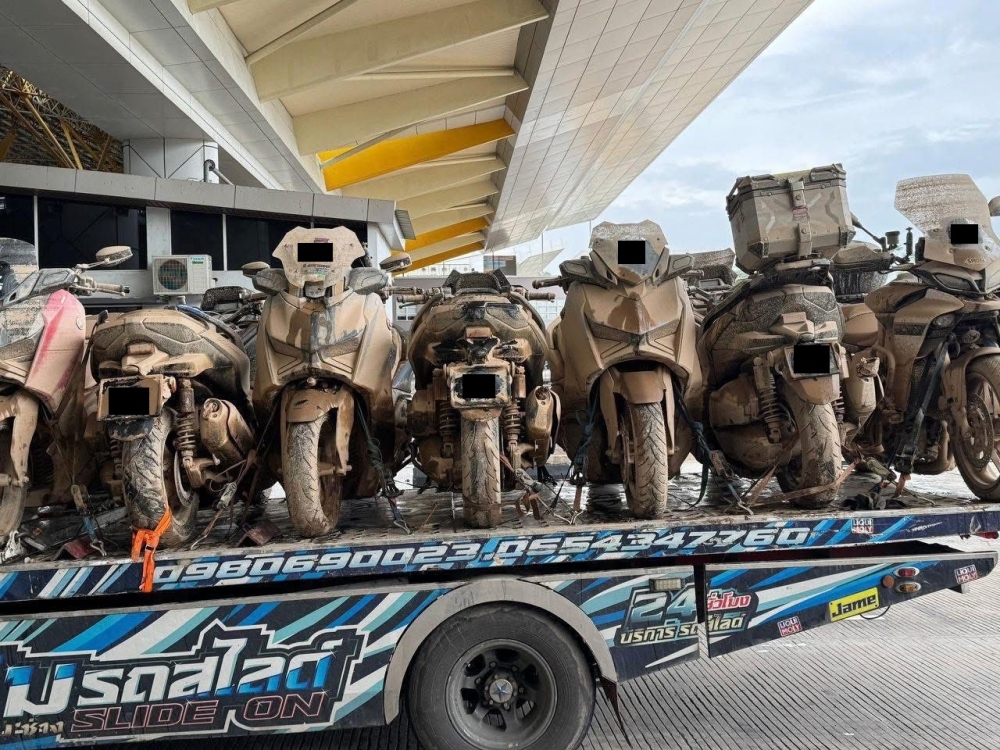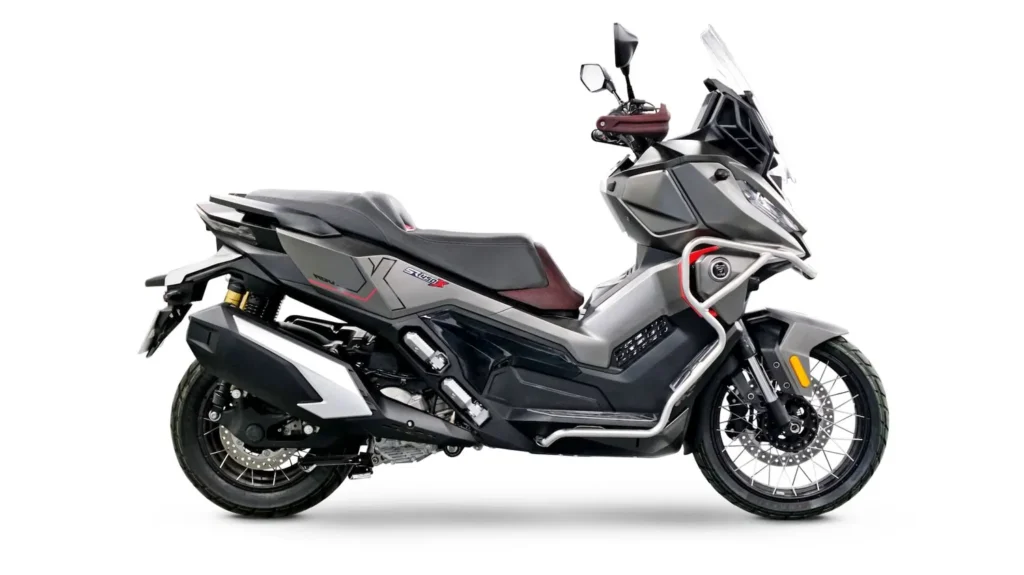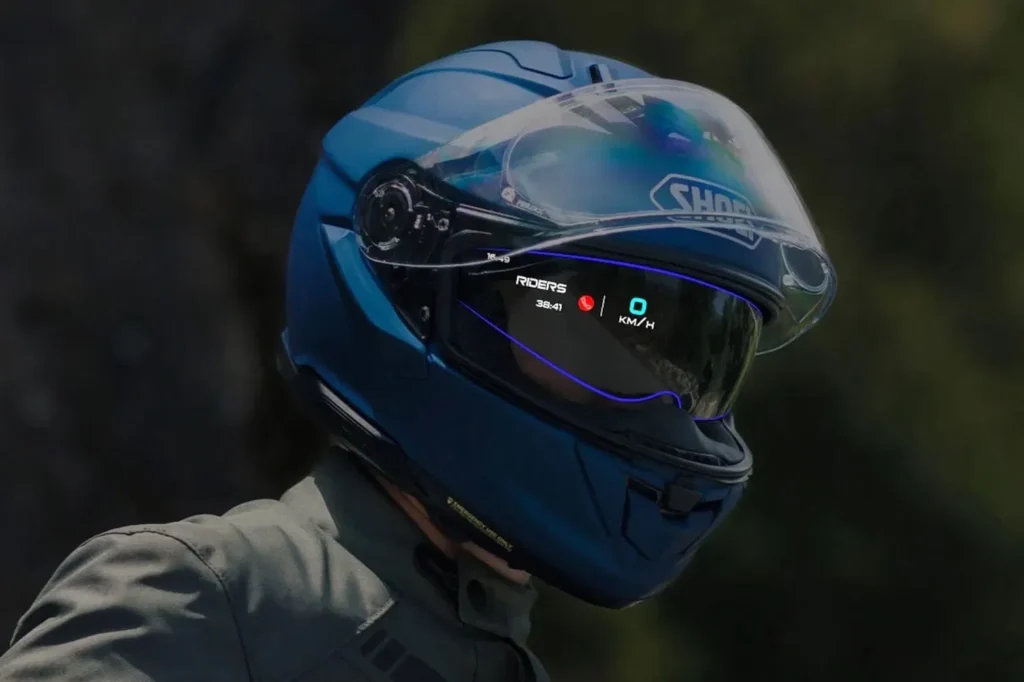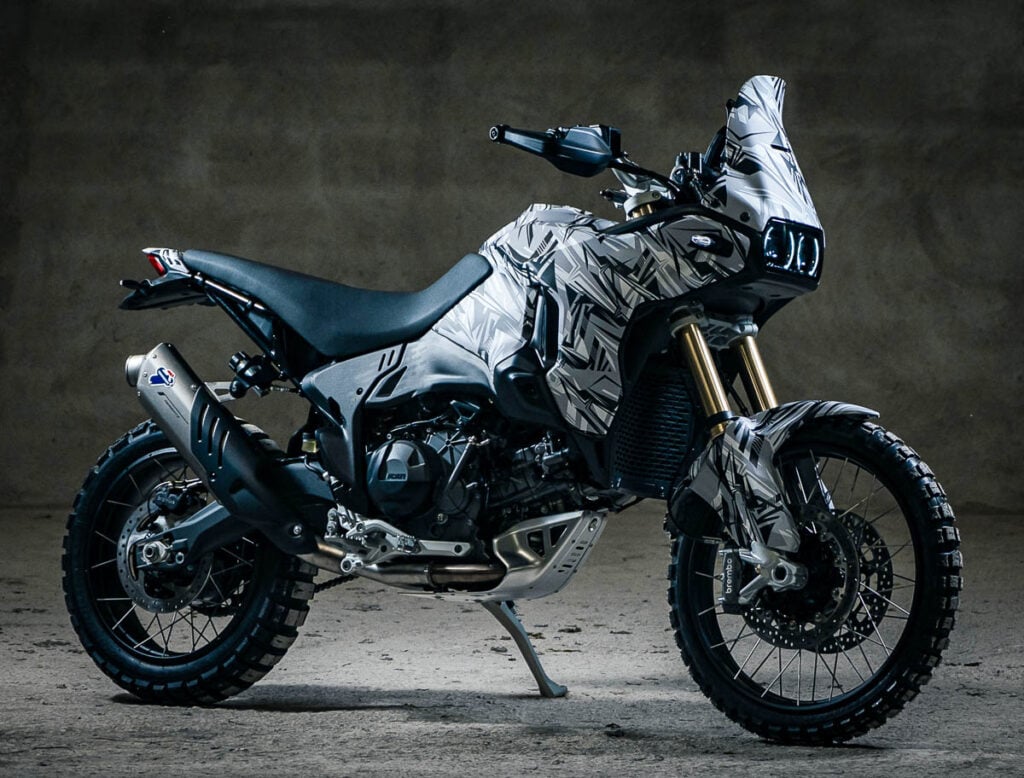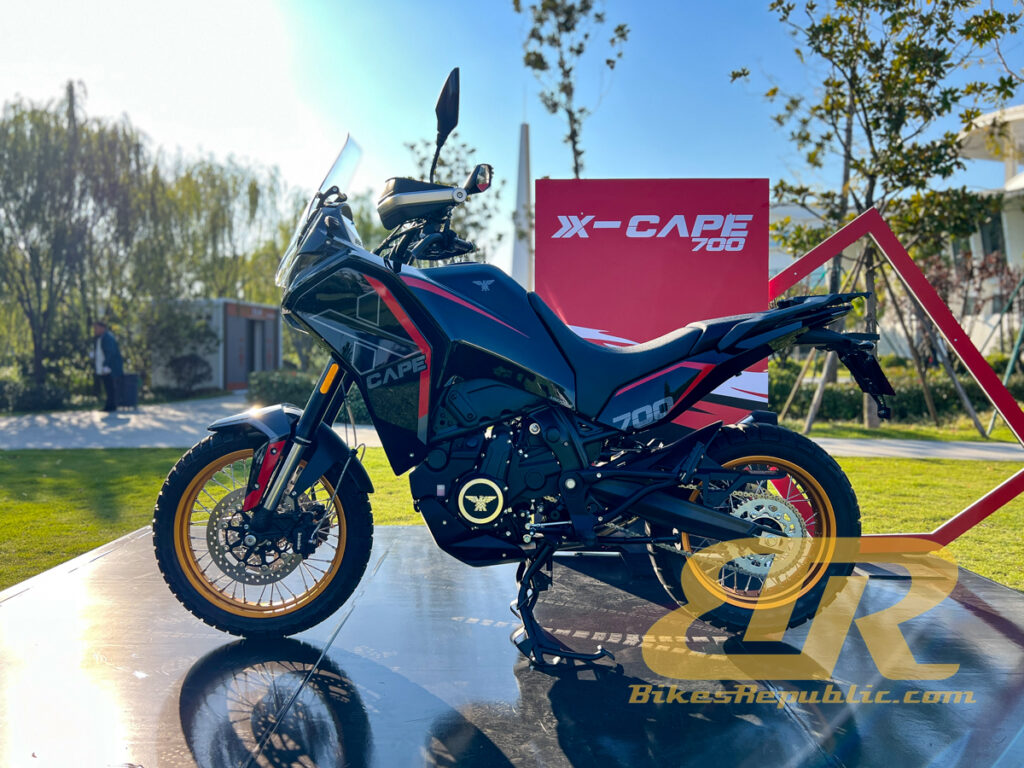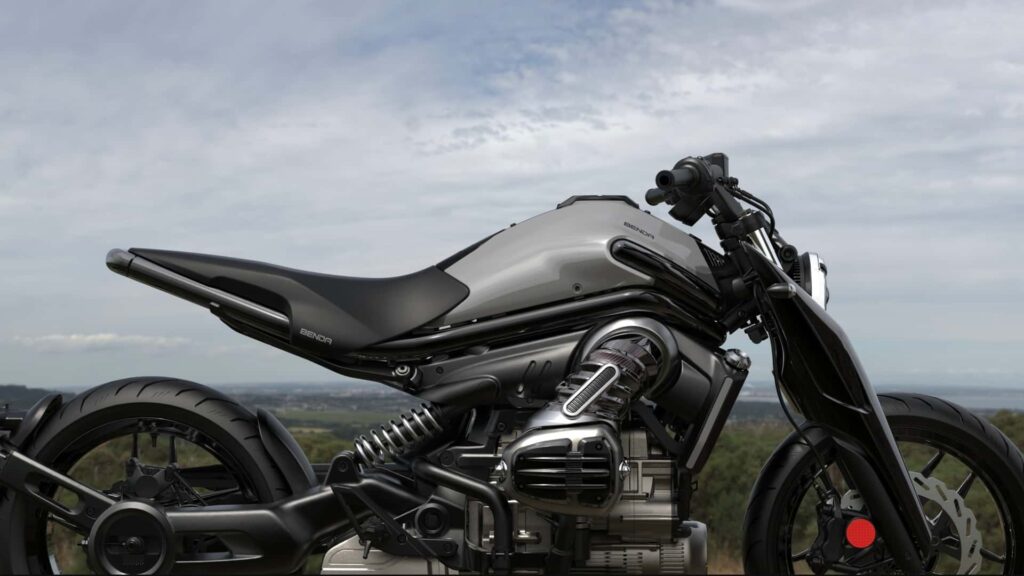Malaysian motorists will enjoy two toll-free days on highways for 2 days during Hari Raya Aidilfitri. However, the government will not extend the it further.
The Deputy Works Minister, Datuk Seri Ahmad Maslan explained that they will not extend it as the government has already allocated RM37.6 million to cover the exemption. The sum will be paid to the 33 highway concession companies.
“That is about RM19mil per day. This is the Cabinet’s decision and it’s final,” he said after inspecting preparations by PLUS Malaysia Bhd for Hari Raya Aidilfitri at the Persada PLUS Corporate Tower here yesterday.
On Thursday, Works Minister Datuk Seri Alexander Nanta Linggi announced that the government has approved a two-day toll-free period on April 8 and 9 for Class 1 private vehicle users on highways in conjunction with Hari Raya. The same measure was also done during the Chinese New Year in February this year.
Ahmad Maslan added that PLUS anticipates a daily traffic of approximately 2.1 million vehicles during the festive holiday. The particularly busy days are expected to be 5, 6, 9, 12, 13, and 14 April, compared with 1.82 million during regular peak days.
PLUS is set to deploy over 4,500 personnel on its highways to ensure swift response during the period.
“PLUS has 70 staff during daily peak hours at its traffic monitoring centre to monitor, gather and disseminate the latest traffic information and coordinate assistance to highway users.
“Motorists should plan their journey using the digital travel schedule available on the MyPLUS-TTA app,” said Ahmad Maslan.
